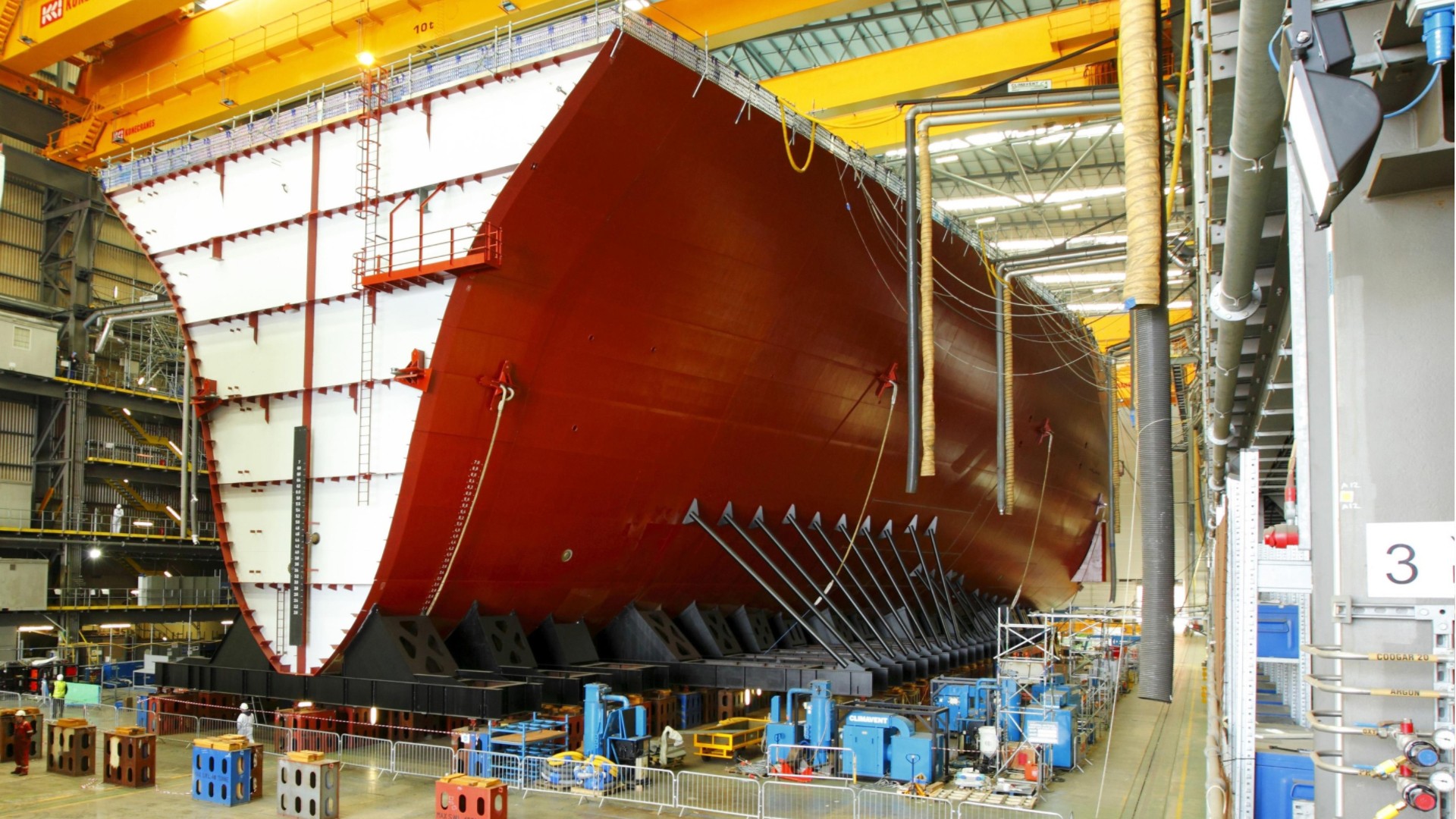Marine Engineers & Naval Architects
Marine Engineer, Marine Surveyor, Naval Architect, Naval Architect Specialist
 Select a military branch to see samples.
No similar titles were found.
Select a military branch to see samples.
No similar titles were found.
Watercraft Engineer
Marine Safety Engineering; Marine Safety Specialist; Marine Safety Specialist Deck; Marine Safety Specialist Engineer; Naval Engineering
No similar titles were found.
Engineering Liaison Officer; Hull Superintendent; Naval Engineering Inspection Officer; Naval Engineering Research Project Officer; Naval Sciences Research Coordinator/Administrator; RL - Special Duty Officer - Strategic Sealift Officer (SSO); Ship Construction and Repair Superintendent (Submarines); Ship Repair Officer; Staff Hull Material Officer; Undersea Warfare Research Officer (Antisubmarine)
No similar titles were found.
What they do:
Design, develop, and evaluate the operation of marine vessels, ship machinery, and related equipment, such as power supply and propulsion systems.
On the job, you would:
- Perform monitoring activities to ensure that ships comply with international regulations and standards for life-saving equipment and pollution preventatives.
- Design complete hull and superstructure according to specifications and test data, in conformity with standards of safety, efficiency, and economy.
- Conduct analyses of ships, such as stability, structural, weight, and vibration analyses.
Knowledge
Engineering and Technology
- product and service development
- mechanical
Arts and Humanities
- English language
Transportation
- movement of people or goods by air, rail, sea, or road
Math and Science
- arithmetic, algebra, geometry, calculus, or statistics
Skills
Basic Skills
- thinking about the pros and cons of different ways to solve a problem
- reading work related information
Problem Solving
- noticing a problem and figuring out the best way to solve it
People and Technology Systems
- thinking about the pros and cons of different options and picking the best one
- figuring out how a system should work and how changes in the future will affect it
Abilities
Verbal
- communicate by speaking
- communicate by writing
Ideas and Logic
- use rules to solve problems
- make general rules or come up with answers from lots of detailed information
Math
- choose the right type of math to solve a problem
- add, subtract, multiply, or divide
Visual Understanding
- see hidden patterns
Personality
People interested in this work like activities that include practical, hands-on problems and solutions.
They do well at jobs that need:
- Innovation
- Achievement Orientation
- Intellectual Curiosity
- Cautiousness
- Integrity
- Attention to Detail
Technology
You might use software like this on the job:
Analytical or scientific software
- Ansys Fluent
- The MathWorks MATLAB
Video conferencing software
- Zoom
Computer aided design CAD software
- Autodesk AutoCAD
- Dassault Systemes SolidWorks
Education
Education: (rated 4 of 5)
bachelor's degree or
certificate after high school
usually needed
certificate after high school
usually needed
Job Outlook
Bright
New job opportunities are very likely in the future.
Explore More
- Aerospace Engineering & Operations Technologists & Technicians
- Aerospace Engineers
- Mechanical Engineering Technologists & Technicians
- Mechanical Engineers
- Ship Engineers
You might like a career in one of these industries:
See more details at O*NET OnLine about Marine Engineers & Naval Architects.






